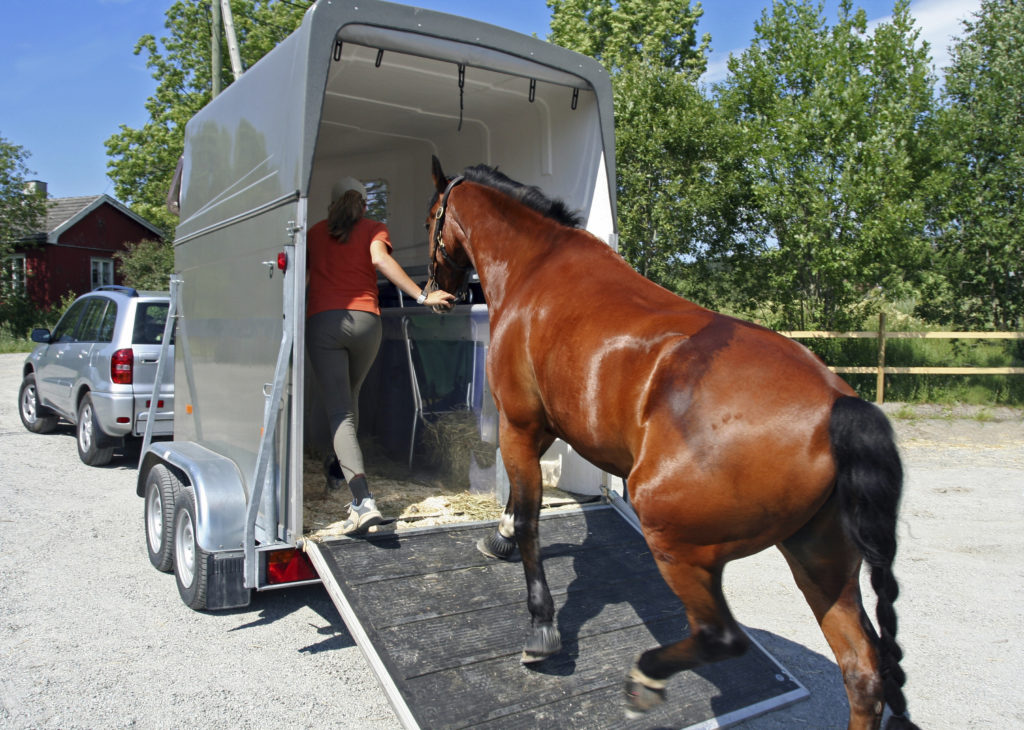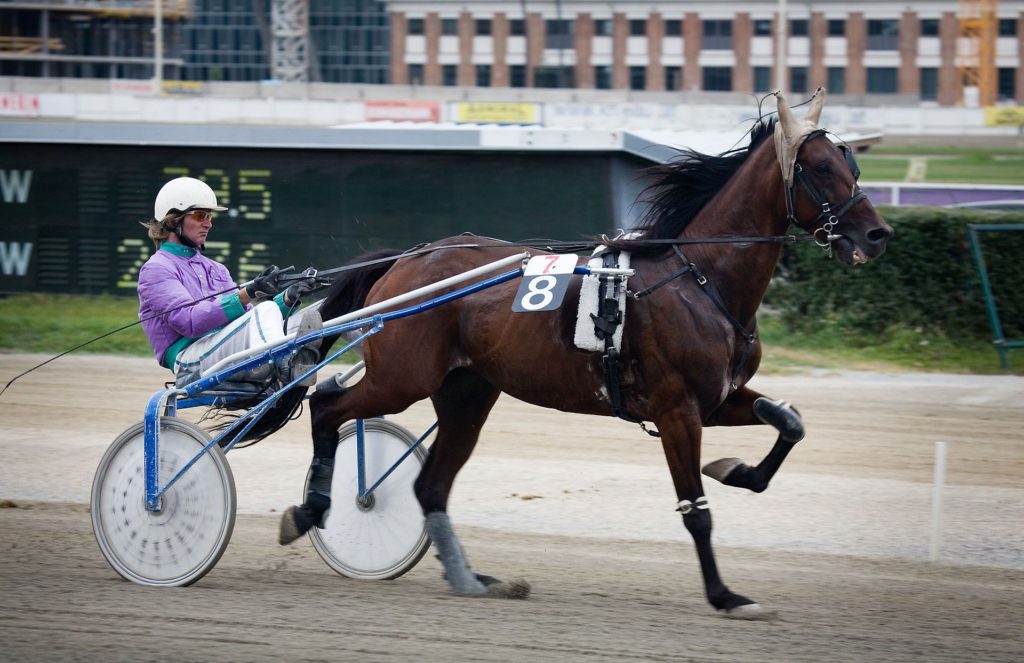As a professional working in the field of Human Resources I have attended thousands of conferences, workshops and trainings on effective leadership. Leadership development can be fast, or it can be slow depending upon the individual in the role. Outstanding leaders learn to lead from behind and strong leaders seek to develop a broad perspective that includes inviting the other person to share their views while maintaining a safe space to work through conflict. Leading means you embrace the opportunity to meet your followers and listen to their suggestions. You have to be attentive to their opinions and even if you have a differing one, show your respect and concern.
You are a leader when any one person follows you so be the change that you want to see, even if you don’t have a leadership title. An anonymous author once said, “Good judgement comes from experience; and experience, well, that comes from bad judgment.”
To illustrate this point I’ve shared a personal story over the years with my supervisors. Anyone who knows me personally understands that I’ve had a lifelong love of horses. In my early twenties I worked as a groom for horse trainer and was responsible for the care of a couple of racehorses at Los job Alamitos Racetrack in Southern California. To earn extra money, I also trailered racehorses to various tracks and pastures where they could be turned out, and then picked up later when they were ready to resume their training. The horse owners were charged a flat fee to haul the horse regardless of whether it took me two hours or five hours.
On one occasion I had drove my two-horse trailer to a pasture located in the San Fernando Valley, arriving around 3pm in the afternoon to pick up a two-year-old gelding. As I had done previously on hundreds of occasions, I placed a halter on the horse located in a large pasture and began to lead him toward my trailer, so as to return to the racetrack before it got dark.
Now in most cases a horse will step into a trailer with the “go forward” cue, by tapping the gelding on his upper hip and cueing him with a kissing sound. Normally, you point the horse’s nose in the direction you want it to go, by leading it in the direction that you want it to follow you, and once it gets to the entrance of the trailer the horse simply walks into its position inside the trailer. There are additional horse trailer loading techniques that can be employed when the horse is non-responsive, such as: using food as a lure, butt ropes to prevent a horse from stepping back, and the “halter-pulley method,” which uses leverage to practically force a horse in a trailer.

When a horse does not want to load into the trailer, you are supposed to stand at the back of the trailer and begin by putting pressure on the lead line while encouraging him to take a step towards the inside of the trailer. You can also lock hands with another person and using your arms, pull the horse forward with pressure across the horse’s butt to force it to walk forward. My least favorite method to use is if his feet are locked or he is backing up, is to use a lunge whip to tap or hit him on the butt…meaning at this point you are literally forcing the horse to load into the trailer and it has become a battle of wills.
Well, after two long hours of trying everything possible to get the horse to walk into the trailer it was clear that it had no intention of cooperating. I was both tired and beyond frustrated as the horse repeatedly backed up and resisted loading. In addition, the sun was already beginning to set for the day. I had tried everything possible to try to get the horse to go in the direction that it was being led and employing force was fruitless. Like humans, the horse had free will to choose what it wanted to do. Out of utter frustration I sat down to rethink all I had done and to ponder what I had missed.
After more than 30 minutes I finally realized that I had failed to recognize the horse I was dealing with because this type of horse had not been trained to be led but rather to be driven. This gelding had been trained as a harness horse. Harness racing is a form of horse racing in which the horse races at a specific gait while pulling a two-wheeled cart called a sulky that is occupied by a trainer that sits behind the animal…driving it forward in a desired direction. This meant that the gelding was use to having a harness on its back and a set of long reins that snapped onto the bridle leading to the back of the horse where a rider normally sits. Most importantly this meant the horse was trained to be driven, not led!
I quickly put the horse in a bridle and stood behind it holding the long reins. Then I slapped the horse’s butt using the reins and made a kissing sound to go forward. Without hesitation the horse not only walked forward but into my horse trailer without further fuss. The horse was tied off and the doors of the trailer were closed. It was so simple I couldn’t believe what I had just experienced. Working together in a manner that was familiar to the horse, we were able to get where we were going. It was my responsibility to find another way to communicate effectively with the horse and without it being a forced activity.
How often do we as leaders approach our daily activities in this same manner? Forcing our will on another person or an environment, that does not understand or embrace our ideas, only leads to disappointment. Nobody wants to be led and great leaders learn to drive results from behind while pointing their people in the right direction.
What is leadership? In short, as a concept, there is no one description to be found because it is dependent upon the interests, type of problem, personal expectations, and an applicable set of social norms. However, one can find many examples of both good and bad leadership out there.
Here’s what others have to say:
Warren Bennis: “Leadership is the capacity to translate vision into reality.”
Bill Gates: “As we look ahead into the next century, leaders will be those who empower others.”
John Maxwell: “Leadership is influence – nothing more, nothing less.”
Since not everyone is the same in how they react to being led in every situation, a leader must learn to adapt his/her leadership style to achieve maximum effectiveness and optimal results from another person. Depending on a situation a leader may need to switch from being task driven to displaying relational driven behaviors. Managers who lead by positive example, foster a team environment and encourage both individual and team development. A leader’s persona and behavior can influence the performance and satisfaction of followers in a positive or negative manner.
Leaders’ actions impact employee morale, interaction with one another, and commitment to the organization. Leaders’ choices impact employee productivity and can either reinforce or erode trust in a team, department, or organization.
Key Elements of Good Leadership
- Understanding of Power – Leaders maintain and hold a level of authority from their followers. This power may be the result of a position of authority (both formal and informal), personal characteristics, or both.
- Comprehensive Orientation – Leaders are aware of their environment, communicate the desired goals, and have some form of a vision on how to achieve those goals.
- Emotional Intelligence – Leaders maintain the knowledge and skills to understand the behavior of others, and why such behaviors are expressed.
- Ethical Grounding – Leaders conform to rules, values and other principles governing their interactions with others (both professional and personal) and encourage others to follow in their steps.
Supervisors that display good ethical behavior act in a manner that conforms with applicable social values and norms that are consistent with one’s own ethical standards. They foster an atmosphere of trust and create standards of professionalism, which governs relations and expectations.
In closing, it is important to remember we are all human. And sometimes we must invest the time to learn the other person’s perspective before they will follow. Learning to lead is a journey that can have its challenges. Our best experiences sometimes come from bad judgment and every leader can be the change they want to see by employing a more thoughtful approach. Along the way you will gather golden nuggets while gaining valuable insights and strategies that are conducive to good leadership traits, both in business and life. If you take a step back to listen and lead from the heart, you will discover that some people like to be led while others just need to be pointed in the right direction.
Please follow me on LinkedIn, Facebook Groups, Twitter (@womensvoices3) or on my blog at www.womensvoicesleading.com for more interesting posts from Womens Voices Leading.
#womensvoicesleading #leadership #leading #emotionalintelligence #motivation #inspiration #growth #careerdevelopment

